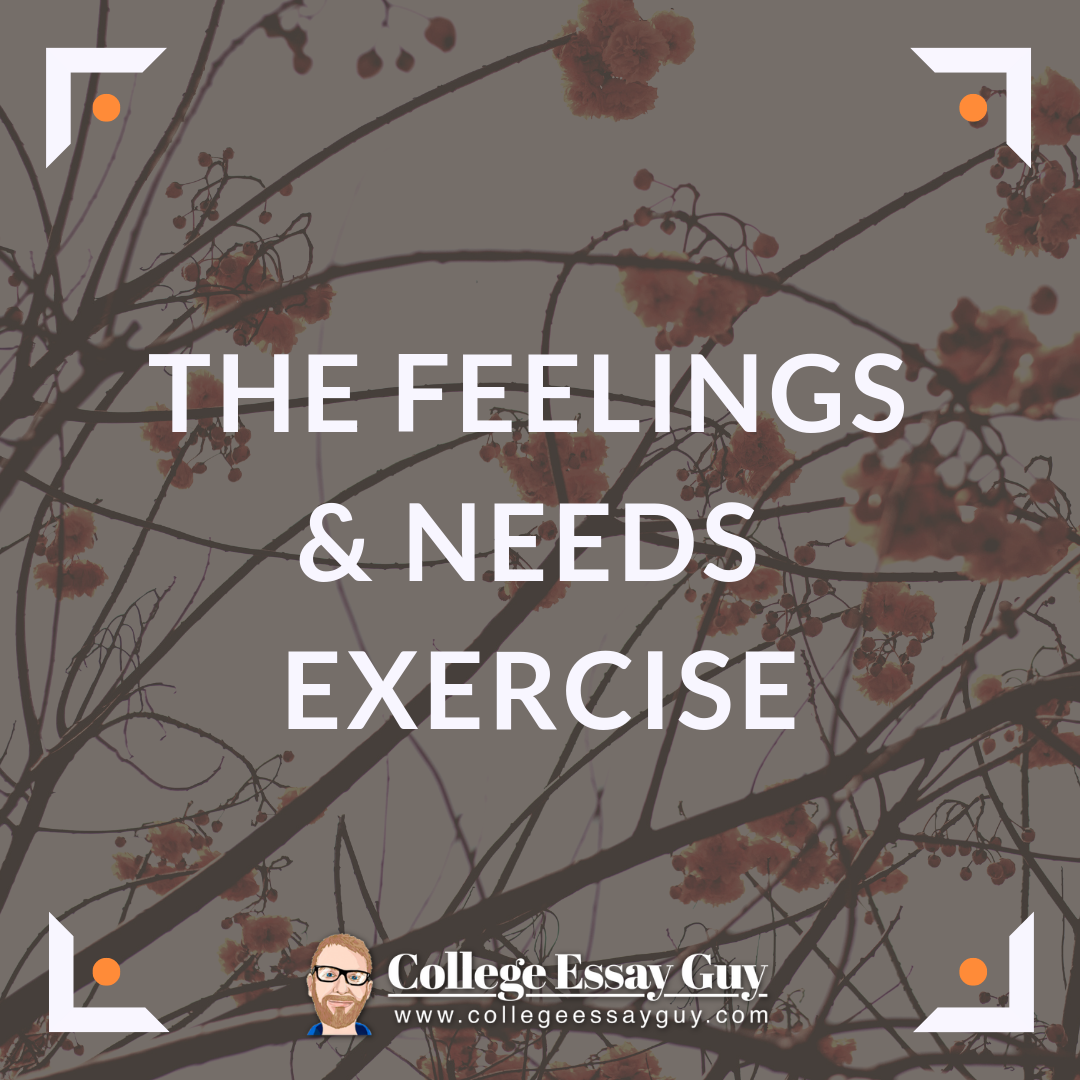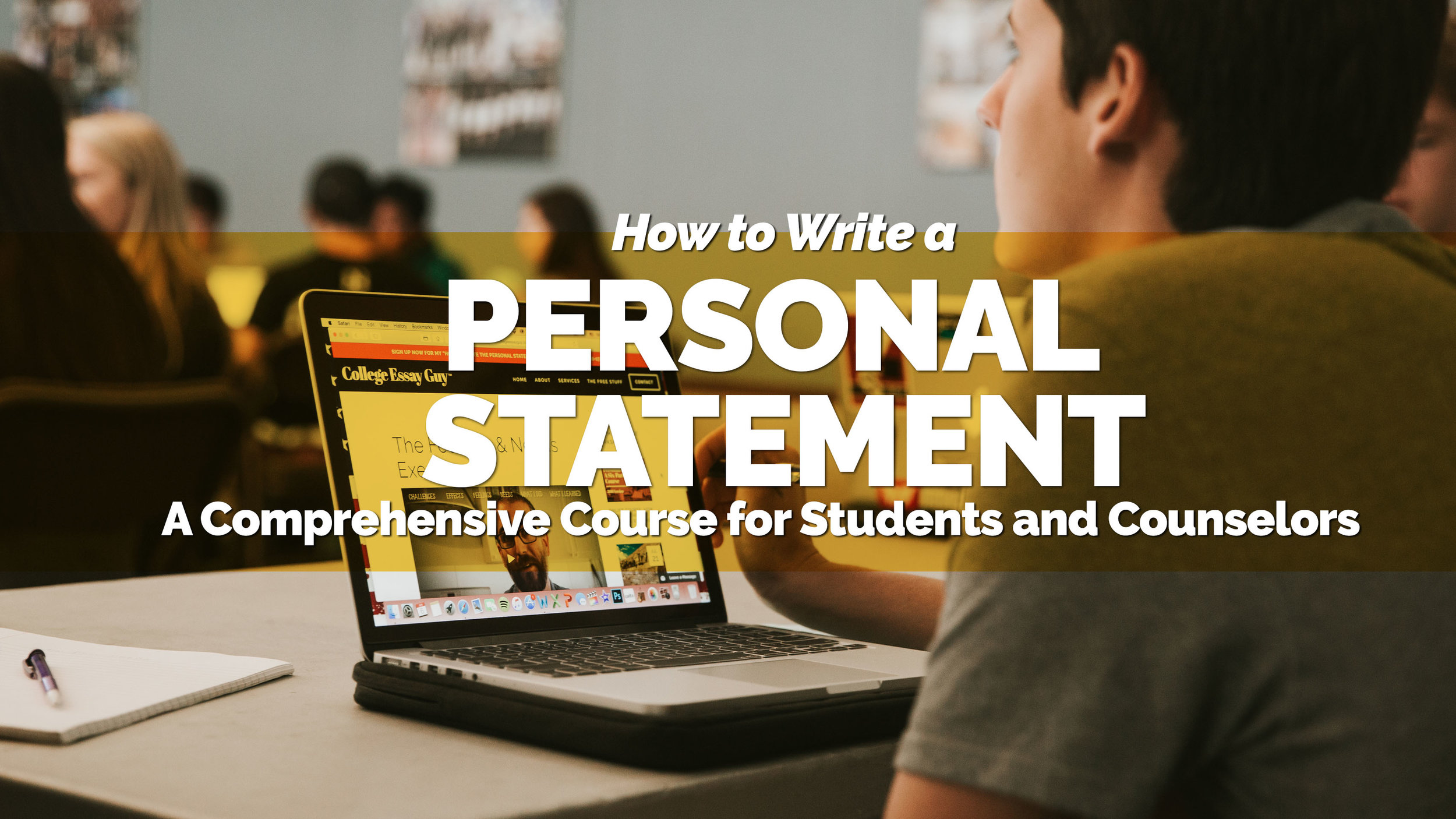Time: 15-20 minutes
This is one of the most effective exercises I’ve ever come across.
All you need is a blank sheet of paper and a pen.
My advice: take your time with this exercise, pausing the video when you need to.
Download the Feelings & Needs Worksheet »
Instructions: Take out a blank sheet of paper and turn it sideways (landscape view) and write along the top these words:
Challenges - Effects - Feelings - Needs - What I Did About it- Lessons Learned - Skills & Values - (Optional) Future or Career
1. In the “Challenges” column, list any major obstacles you’ve faced in your life--anything from major health or family issues to experiencing racism or violence.
Spend at least 3-4 minutes on this first column. The more these challenges affected you, the more productive this exercise can be.
2. In the second column, list the Effects (aka repercussions) that you experienced as a result of each challenge you’ve listed.
How did each challenge impact you?
Important: Don’t yet name the emotions you felt as the result of the challenge, as those will go in the next column. Instead, simply list how your world changed due to the item in the first column. Try to isolate the specific external factors that prompted an emotional response Here's an example. “Moved around a lot growing up” might go in your challenge column. You might label the effects as “hard to make friends” or “didn’t speak the local language. Save the feelings you had about not making friends or not speaking the language for the next column.
The purpose of this column is to differentiate your experience of the challenge you named in the first column (e.g., divorce or moving around a lot) from anyone else who might have experienced a similar challenge.
Spend at least 3-4 minutes on this column. See if you can write down 3-4 effects for each challenge.
3. In the third column, name the Feelings that each effect elicited.
You can name the main emotion you felt or several different emotions. If you had difficulty making friends, for example, maybe you felt afraid, isolated, or vulnerable. Maybe some part of you even felt relieved. Don’t worry if the feelings you write down contradict. Mixed emotions are normal and noting them can actually make for a more interesting, nuanced personal statement.
What did you feel? Spend 3-4 minutes on this column. See if you can list 3-4 feelings for each challenge you experienced.
And, because it can be difficult to think of feelings on the spot, here’s a list to give you some ideas.
4. In the fourth column, write the word “Needs.”
Consider that each emotion you feel has an underlying need that can help you understand why you feel what you feel. Ask yourself what need may have been underneath each feeling you wrote down. Perhaps underneath a feeling of isolation, for example, was a need for connection, or beneath a feeling of vulnerability was a need for safety. Spend a little extra time with this column, as it’s the heart of this exercise.
Based on the emotions you’ve listed, what need was or is underneath each one?
And, again, because it can be difficult to think of needs (for some of us it’s something we rarely think about), here is a list of needs.
5. For the fifth column, “What I did about it,” consider the steps you took to meet the needs you wrote down.
Maybe to meet your need for connection for example, you decided to join cross country or the robotics club. Or maybe to meet your need for safety you shared your feelings with your parents or a counselor and that helped you feel better; so you’d write down “talked to a counselor.”
I know this is a big question, but ask yourself: Why do I do Activity X? What deeper need is it meeting for me? If you’re still in process (i.e., haven’t done anything yet to meet those needs), what could you do?
Spend 3-4 minutes on this column.
6. In the sixth column, “Lessons, Skills, & Values,” ask yourself: What did I learn from all this?
And what did that lesson lead to, if anything? Maybe, for example, you joined cross country (what you did about it) and that taught you to value your health and nutrition (values), which led you to start a blog (outcome). Or maybe joining robotics taught you to code (skill), which led you to create your own board game (outcome).
For ideas of what to put in this column, take a look at this list of “Values.”
List 3-4 values you’ve developed based on each of the activities you’ve listed in the previous column.
Spend 3-4 minutes on this. Normally this column ends up being really full.
Hello, World!
6. The final column, “Future or Career” is optional, but can be interesting to consider.
Here, write down the name of something you’d like to do in the future. This could be career-focused, like “doctor” or “engineer.” It can also be more broad, like “fight injustice” or “be an amazing mother.” Then write down some of the values and skills you’ve gained that you believe will serve you in making these goals happen.











